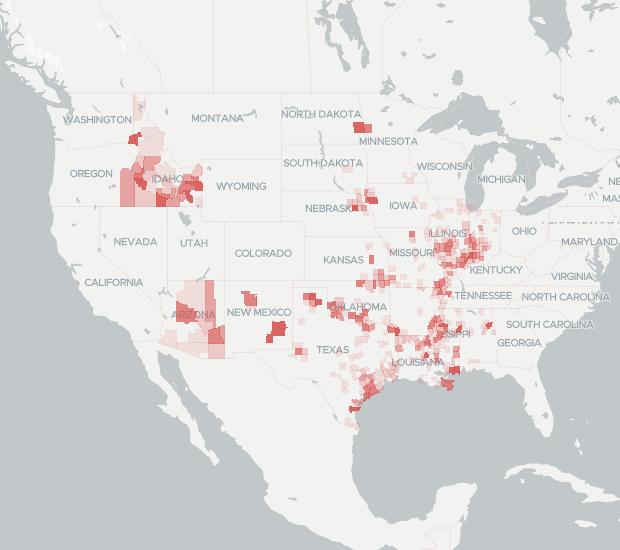Sparklight Availability Map

Sparklight provides internet service to 23 states and reaches 5.5 million people. This Arizona-based provider uses coaxial lines to bring fiber speeds to its customers at a lower cost than other providers. Sparklight features the most coverage in Idaho, North Dakota, and Mississippi.
Sparklight Internet Services
| Best Features | Things to Consider |
|---|---|
|
|
Sparklight offers several plans at different download speeds. While the fastest option is on the expensive side at $59.95 per month, the cheapest rate of $24.95 per month is still fairly fast for download speeds up to 300 Mbps.
| Plan Name | Download Speeds | Starting Price | Data Cap |
|---|---|---|---|
| Sparklight Cable internet | Up to 940 Mbps | $24.95 per month | Unlimited data |
With Sparklight’s multiple plan options with different download speeds and price points, you can choose the plan that’s right for you and your household.

Sparklight Internet Speeds
Sparklight offers cable and fiber internet connections with download speeds ranging from 300 Mbps to 940 Mbps. Cable internet is the most common because it uses preexisting coaxial cables, a system that was implemented to deliver sound and video for cable TV. Fiber internet is much faster and uses newer technology via light instead of electricity to transmit data. These new fiber-optic cables are more expensive to produce and install, which is why fiber internet plans cost more than cable ones.



